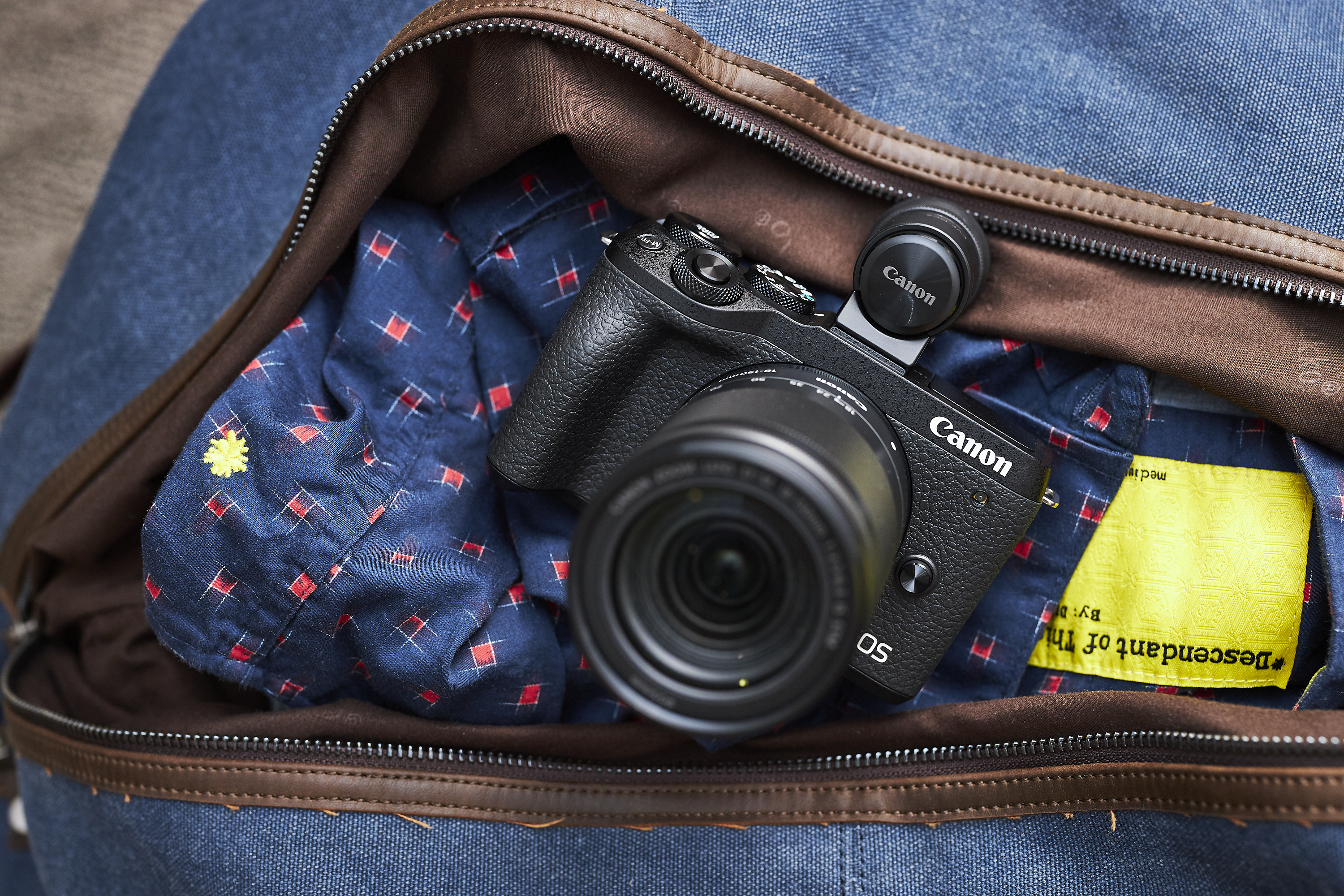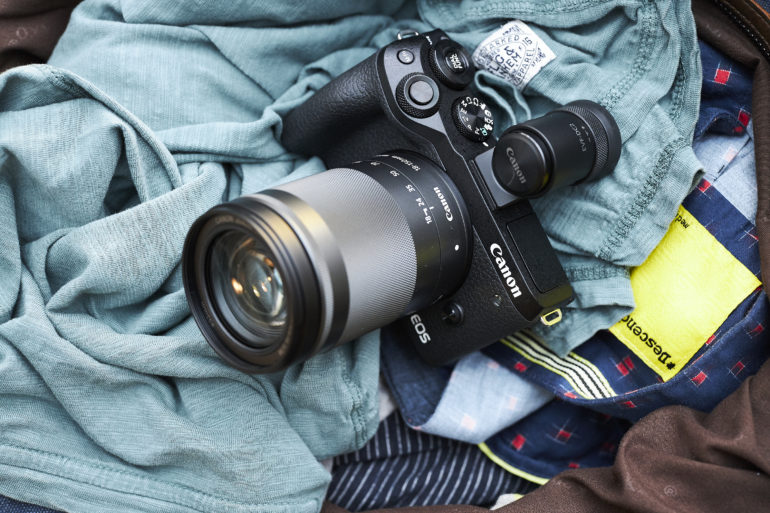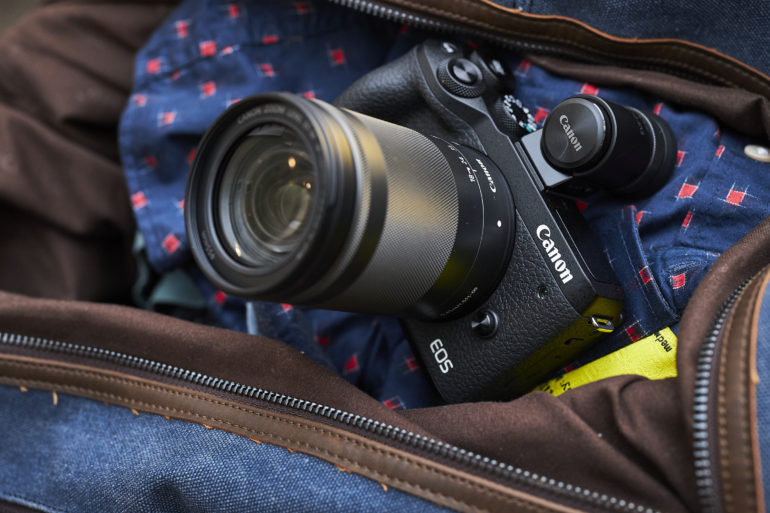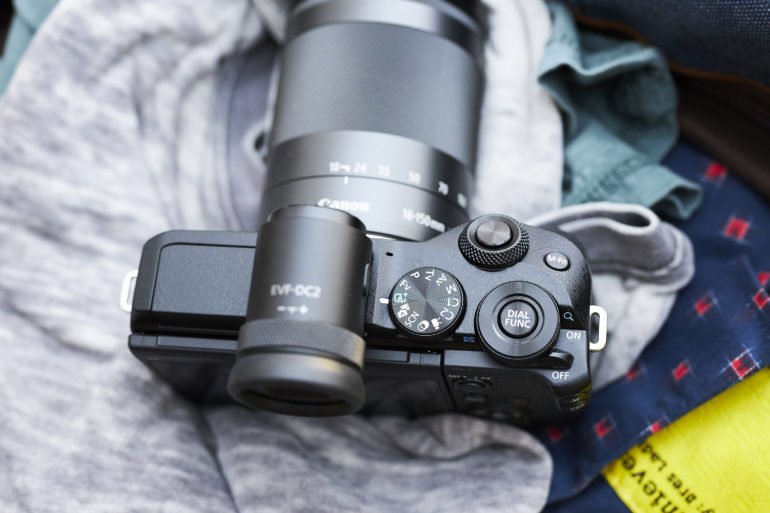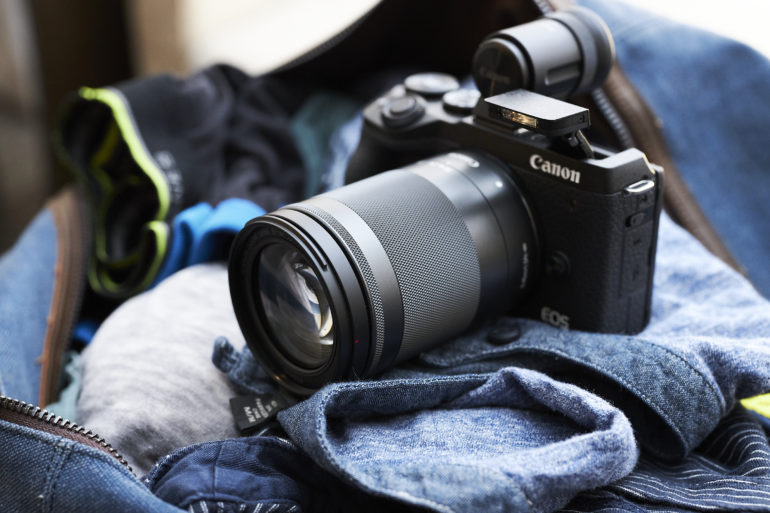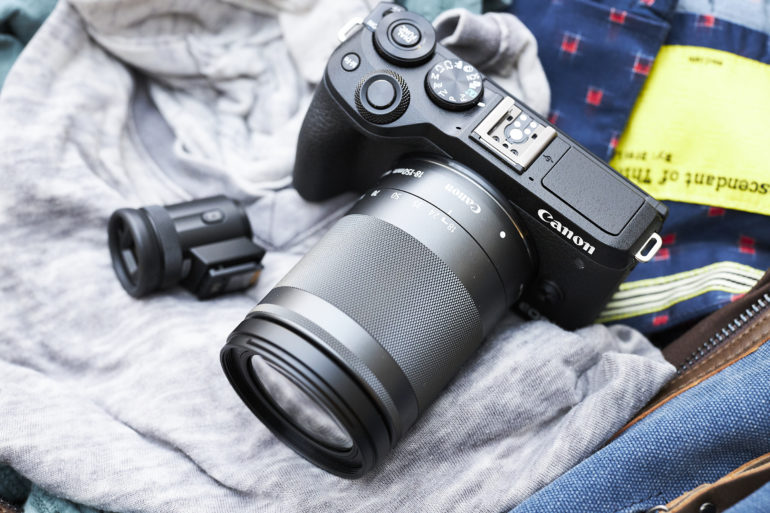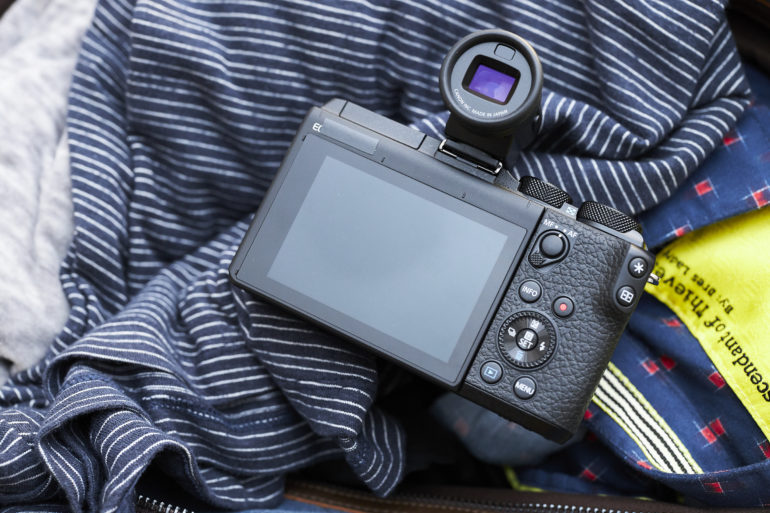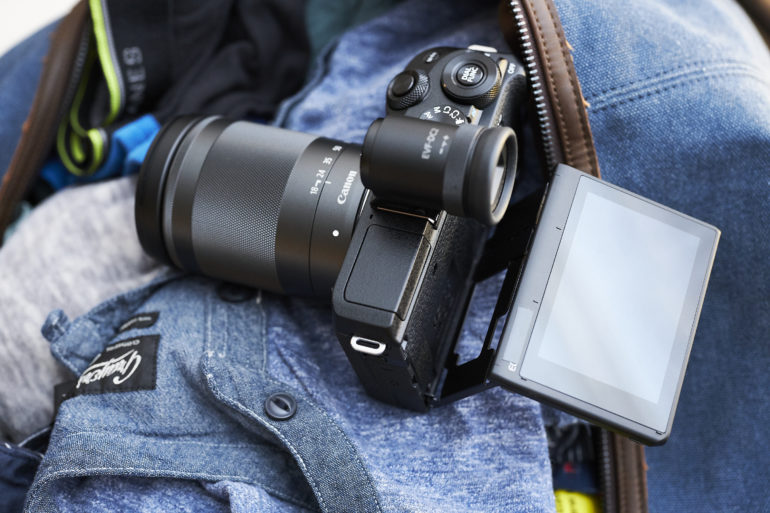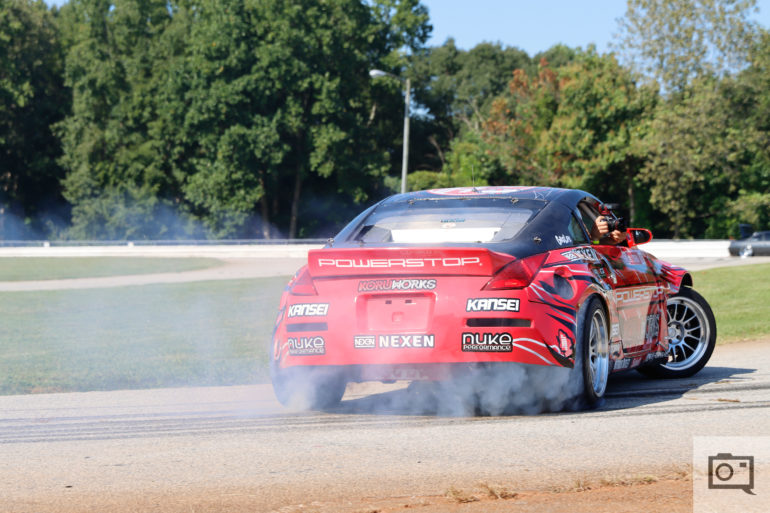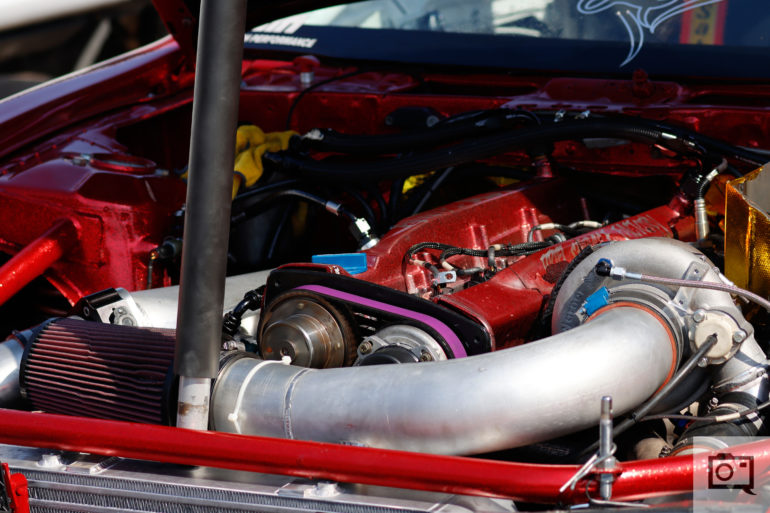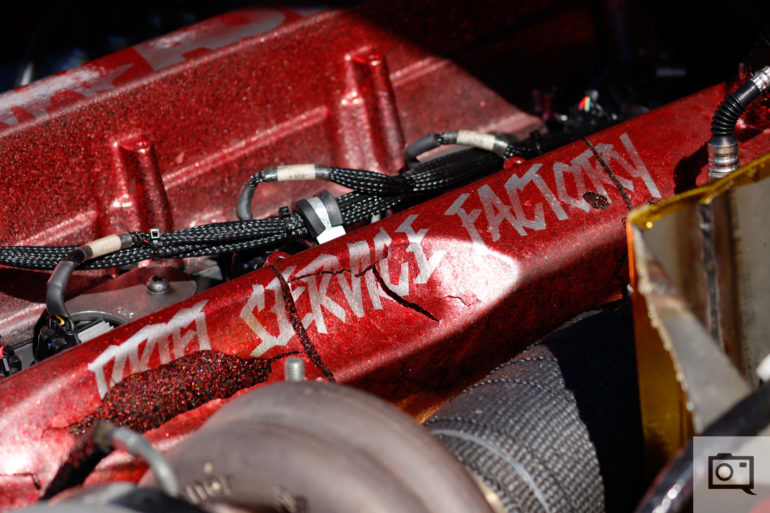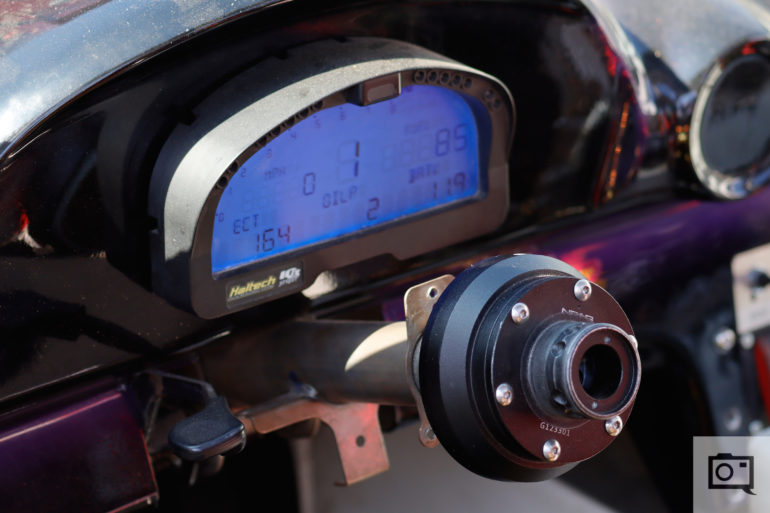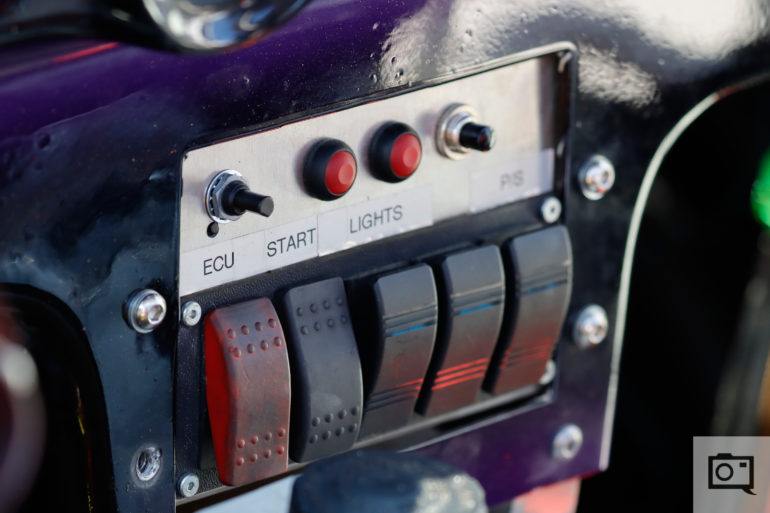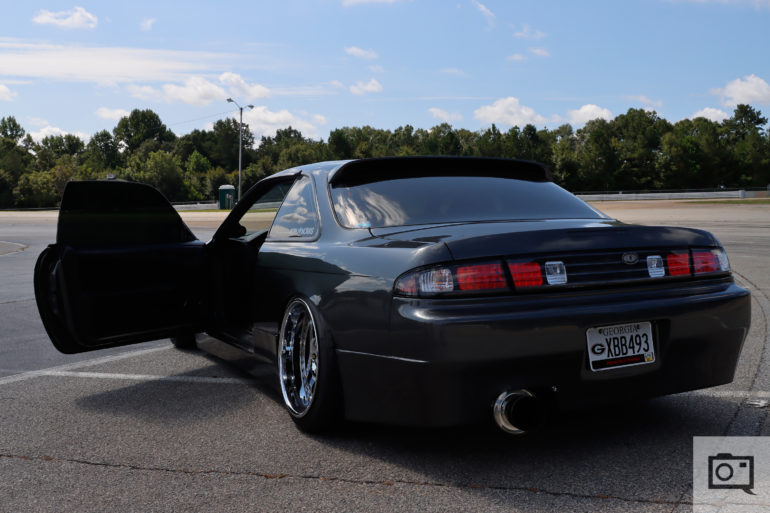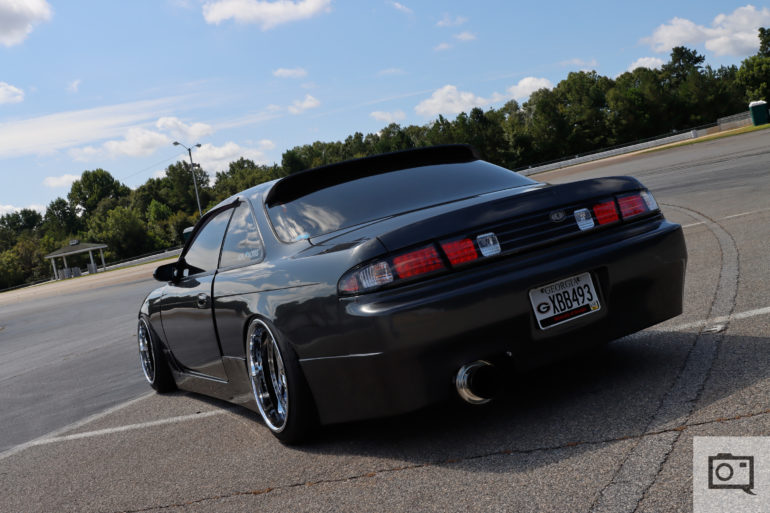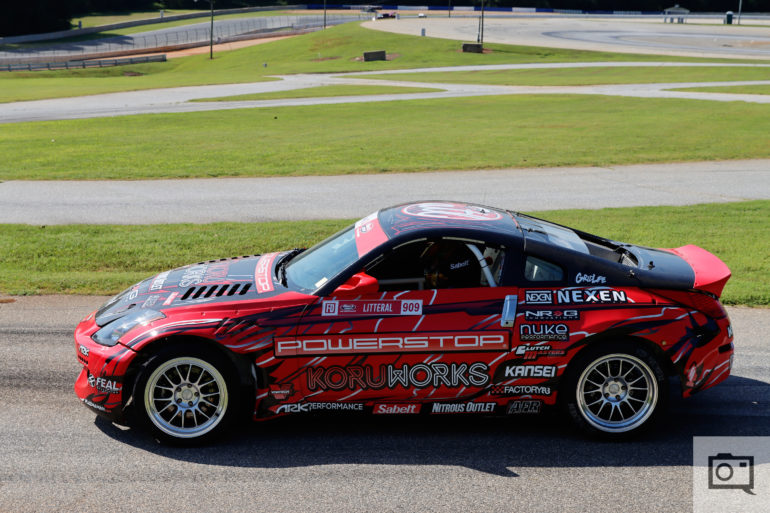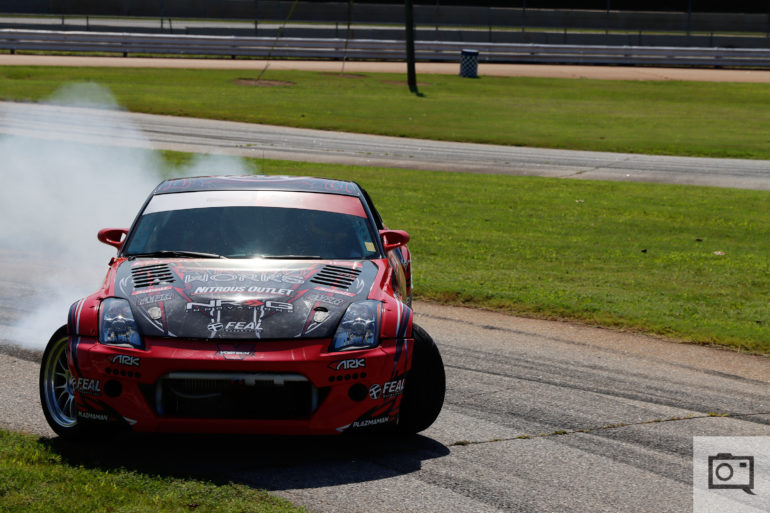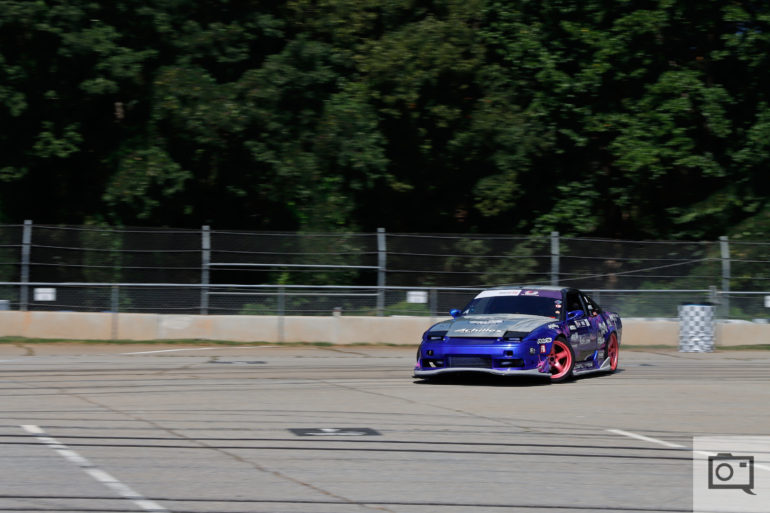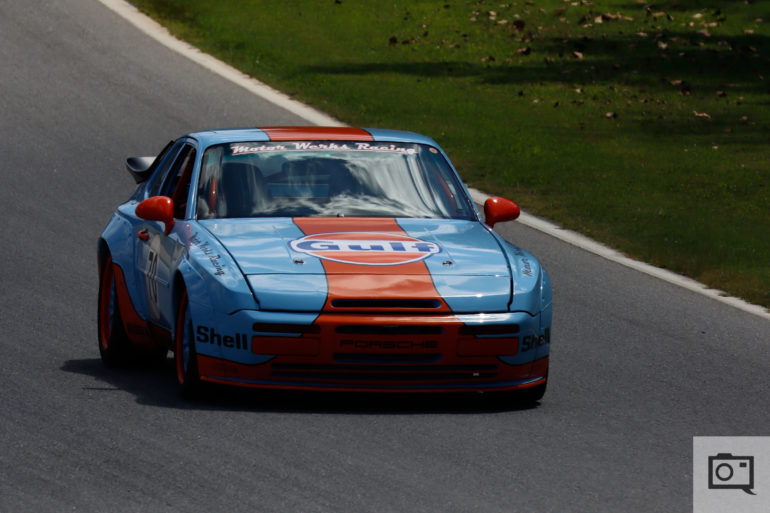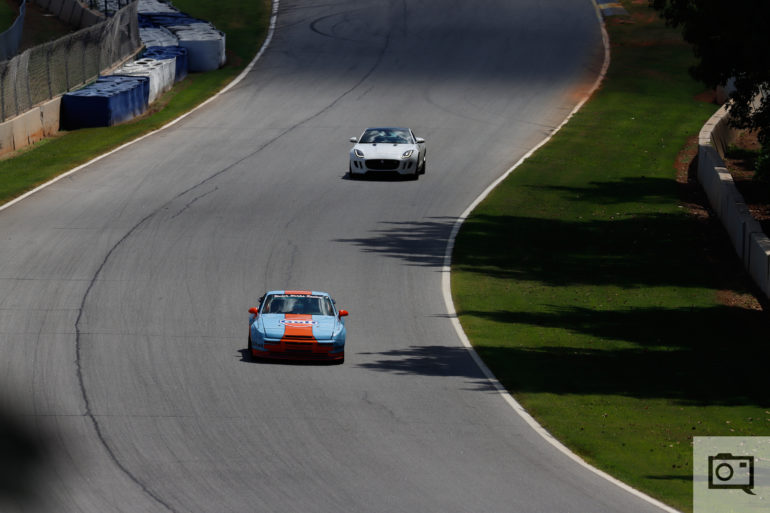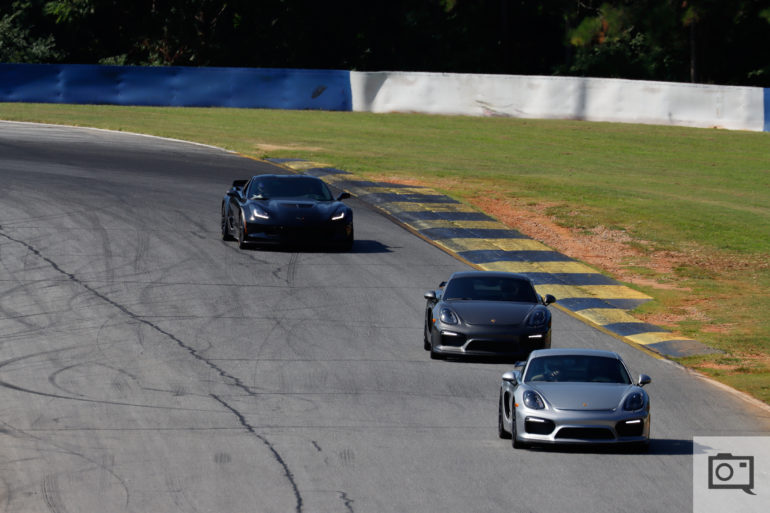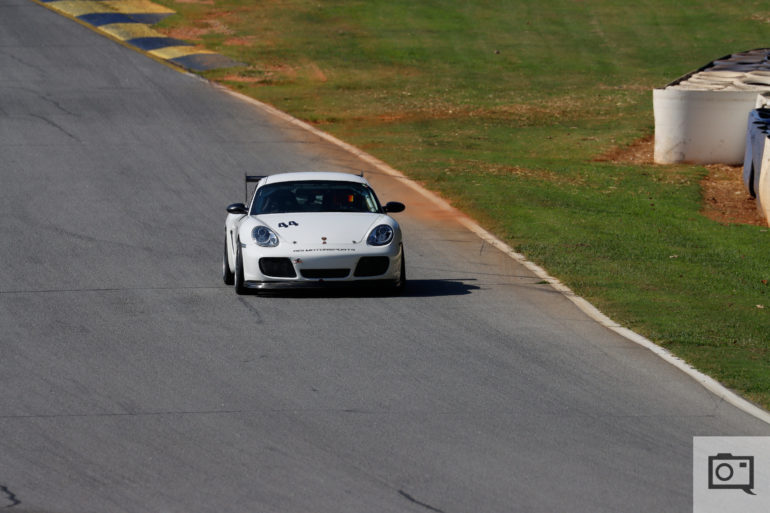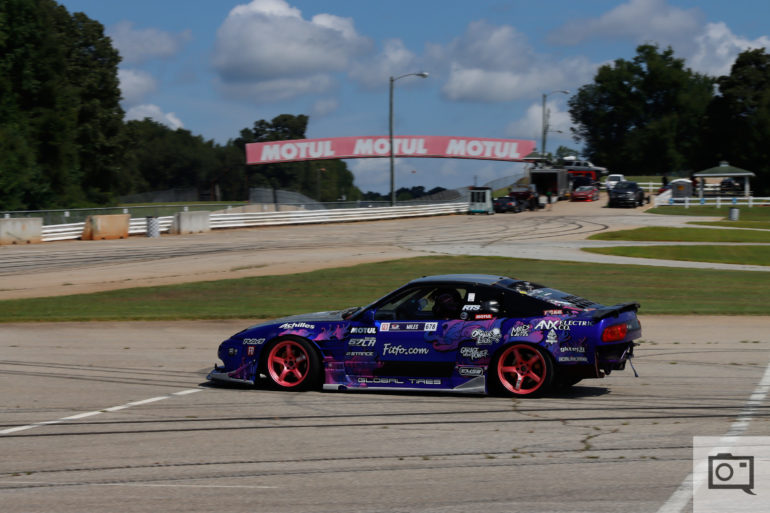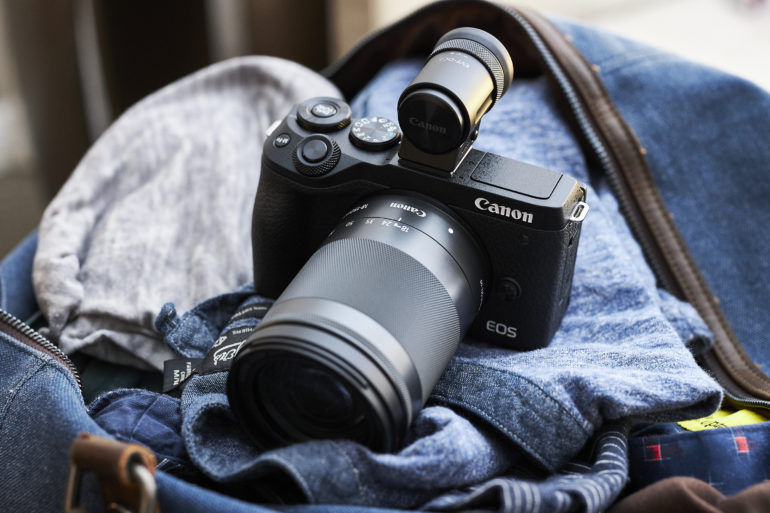Canon keeps the EF-M mount alive with the introduction of the 32.5 Megapixel Canon EOS M6 Mk II crop sensor mirrorless camera.
The Canon EOS M6 Mk II is the updated version of the Canon EOS M6 that was first announced in February of 2017. While the M6 Mk II features a nearly identical exterior to its predecessor, much of the upgrades are within the camera’s internals. The M6 Mk II’s APS-C sensor receives a significant resolution bump from 24.4 to 32.5 Megapixels. It is powered by Canon’s latest Digic 8 imaging processor. The M6 Mk II’s Dual Pixel AF system features 5,481 manually selectable AF points and includes Eye Detection AF support. Canon claims that this allows for up to 14 frames per second to be captured in continuous shooting mode while maintaining autofocus (up to 30 frames per second when using the RAW Burst Mode).
Having released two Full Frame mirrorless cameras within the past year, Canon’s decision to introduce an updated APS-C mirrorless camera may seem like a step backward to some. It’s important to remember that, although the Canon EF-M mount (designed with mirrorless APS-C cameras in mind) hasn’t seen widespread adoption here in the US, it is quite popular in Asia. This puts Canon in the interesting position of having to concurrently support three separate lens mounts with EF/EF-S, EF-M, and RF. Canon generously invited to Atlanta last week to spend some hands-on time with the M6 Mk II.
Editor’s Note: Canon paid for this trip and all expenses associated with it. But our coverage is done with full transparency.
Gear Used
We tested the Canon EOS M6 Mark II with the Canon EF-EOS M adapter along with the Canon EF 24-70mm f2.8 L II USM, Canon EF 100-400mm f4.5-5.6 L IS II USM, and the Sigma 60-600mm f4.5-6.3 DG OS HSM S.
Tech Specs
Tech specs for the Canon EOS M6 Mark II taken from Canon’s official press briefing.
- 32.5 Megapixel CMOS APS-C Sensor
- 14 fps continuous shooting with AF/AE tracking
- Dual Pixel CMOS AF with 5,481 manually selectable AF points
- Supports Eye AF Servo
- 4k UHD 30fps / 1080p 120fps
- 30fps RAW Burst Mode with Pre-Shooting
- Electronic shutter with a minimum of up to 1/16,000 seconds
- Touch & Drag AF with Optional EVF
- 3.0 inch Touch Panel LCD Screen with Tilt Option
- Superb Control
- Built-in Wi-Fi and Bluetooth
- Mobile RAW Workflow
Ergonomics
The front of the Canon EOS M6 Mk II is a minimalist affair. The sole button is the lens release button. To the untrained eye, it’s very easy to mistake the M6 Mk II with its predecessor.
Moving towards the top of the M6 Mk II, you’ll find a pop up flash, hot shoe (seen here with the optional Electronic Viewfinder attached), the mode dial, the main dial with the shutter button nestled within, the Multi-function button, and the secondary dial/dial function button/On-Off switch combo.
Here’s the Canon EOS M6 Mk II with the pop-up flash extended. It’s a pretty small light source but should do in a pinch for selfies or indoor photos. Just be aware that the light will be pretty hard and don’t expect it to reach more than a few feet in front of you.
Here’s another look at the top of the Canon EOS M6 Mk II, sans the optional EVF, exposing the hot shoe. This shoe can accommodate other flash accessories, or even video monitors and such.
Moving towards the rear of the M6 Mk II, much of the camera’s rear real estate is dominated by the 3.0″ articulating touchscreen. New to the M6 Mk II is a dedicated Manual/Auto Focus switch. Below that are the buttons for Info, Movie Record, Playback, and Menu, along with the rear control wheel, which can thankfully be customized to control the ISO value. The “face” of the rear control wheel includes the drive mode, exposure compensation, a pop-up flash release, Quick Set menu/Set, the Erase buttons, and it also functions as a directional pad for navigating the camera’s menus or moving the AF points. The AE lock and AF Frame selector buttons are located on the top of the thumb rest.
Here’s a look at the articulating touch screen. With the optional EVF removed, you can flip the screen 180 degrees up to face forward: perfect for vloggers and selfie lovers.
Build Quality
The Canon EOS M6 Mk II feels pretty solid despite its compact dimensions. Photographers with small to medium-sized hands should be able to maintain a good grip on the camera without much trouble. With that said, we’d still recommend attaching a neck or wrist strap to the camera to minimize the chance of dropping it. Like its predecessor, the M6 Mk II sadly lacks weather sealing. It’s worth noting that the Formula D drift cars that we were photographing kicked up a lot of dirt and dust that ended up covering our loaner M6 Mk II, but that didn’t affect the camera’s functionality in any way. We will need to see how the camera fares in other weather conditions when we call in our review unit. Most likely though, we’re not going to put it through a rain test.
Ease of Use
Due to the diminutive proportions of the camera, the Canon EOS M6 Mk II only includes a rear touchscreen LCD. Photographers who prefer to shoot while looking through a viewfinder instead of using the rear LCD will need to purchase the optional Canon EVF-DC2 external Electronic Viewfinder, which will set you back an additional $200 (USD). Since the M6 Mk II lacks a navigational joystick, you’ll be using the rear touchscreen quite a lot for things like adjusting the AF point as well as navigating the camera menus. Thankfully, the M6 Mk II inherits the same excellent touchscreen implementation found in Canon cameras from recent years. Manual shooters will be happy to know they can finally customize the rear dial to be used to adjust ISO, something that wasn’t possible with the original M6. For selfie enthusiasts, the rear screen also flips up 180 degrees as well.
Autofocus
While the autofocus system in the Canon EOS M6 Mk II’s has been improved over its predecessor, it is still a fair bit slower when pitted against crop sensor, mirrorless cameras from competing manufacturers. The same experience continues when shooting the M6 Mk II back to back against the EOS 90D that Canon announced at the same time, with the EOS 90D producing noticeably more accurate results than the M6 Mk II. Nevertheless, we were able to capture some acceptably sharp shots of fast-moving Formula D drift cars using the M6 Mk II. Unless you plan on using the M6 Mk II for high-speed sports photography, it should satisfy the needs of most hobbyists and casual photographers.
Image Quality
The Canon EOS M6 Mark II preview unit that was provided to us was a pre-production sample. While you’ll be able to open the raw files in Adobe Lightroom, camera profiles are currently unavailable for Capture One. All sample images seen within this First Impressions article are JPEGs straight out of camera. As a matter of ethics, none of the sample images seen within this First Impressions article have been retouched so that you may judge the quality of the images produced for yourself. The only editing some of these images were subjected to was cropping.
First Impressions
At 32.5 Megapixels, the Canon EOS M6 Mk II is not just the highest resolution APS-C camera currently on the market. It also rivals Canon’s own 5D Mk IV DSLR and EOS R Mirrorless cameras. Both of those feature 30.6 Megapixel sensors. The only cameras that Canon currently offers with greater resolving power than the M6 Mk II are the 50.6 Megapixel 5DS and 5DS R. This puts the Canon EOS M6 Mk II and the Canon 90D in an interesting position amongst the rest of Canon’s digital imaging offerings. It gives us a good indication of what we can expect from Canon going forward. Having only spent a few hours with the camera, one thing that stood out is that, like it’s predecessor, fast-moving subjects continue to be the M6 Mk II’s Achilles Heel. While we were able to produce usable results using the M6 Mk II, we shot with it back to back against the 90D and the DSLR performed consistently faster and produced more reliable results. Having said that, we will need to call in a final production sample of the Canon EOS M6 Mk II for more thorough and exhaustive testing once review units are available. Please stay tuned for our upcoming full review.
The EOS M6 Mark II is scheduled to be available late September 2019 in both black and silver for an estimated retail price of $849.99 (body only), $1099.00 with the EF-M 15-45mm f3.5-6.3 IS STM and EVF-DC2 kit, and $1349.00 for the EF-M 18-150mm f3.5-6.3 IS STM and EVF-DC2 kit.


